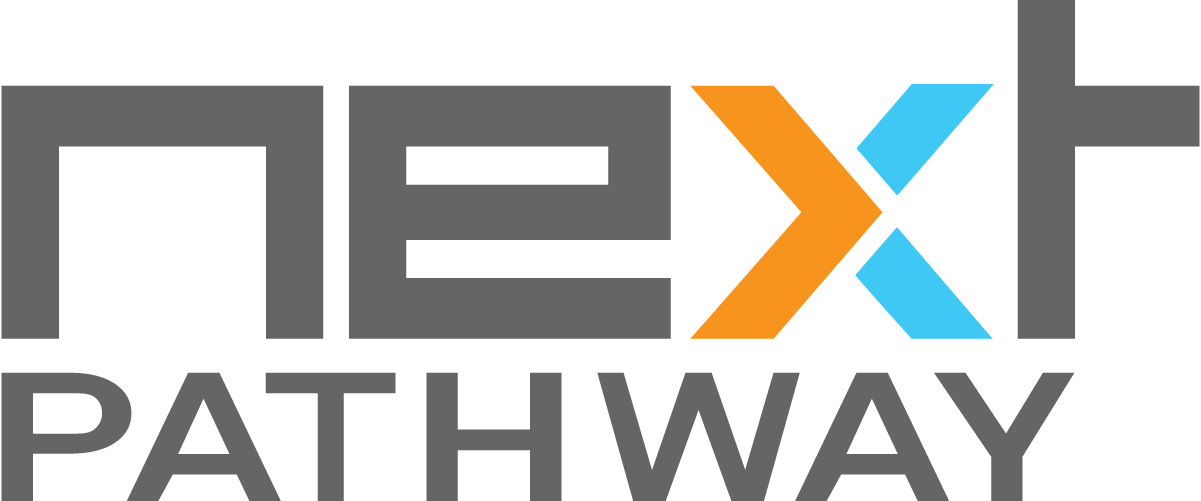With such overwhelming variety of “business intelligence,” it can be hard to determine which tools are right for your unique needs. The good news is that there are plenty of tools available to help you analyze and visualize large sets of data and turn your company’s data into valuable, actionable insights.
This guide will help you understand those options and find the right solutions for your business.
Business Intelligence and Data Visualization Tools
Google Chart
Google Chart is an interactive, open-source Web service for visualizing Big Data. It offers a wide variety of visualization types and is accessible and straightforward to use. It is cross-browser compatible, easily exported into PNG format, and highly efficient for real-time data. It is also portable across several platforms, including iOS and the newest release of Android.
The absolute best part about it? The program is free to use making it even more accessible for data newbies.
Tableau
Tableau is another highly accessible visualization solution. Along with the standard program, it also offers a Tableau Server and cloud-based Tableau Online product, both of which are tailored to the needs of Big Data organizations.
Tableau is fast and easy to use without the need to hire a data scientist. From Excel spreadsheets to huge datasets from Hadoop, Tableau can
seamlessly visualize and analyze your data. Tableau Desktop has free options for both students and instructors but otherwise will cost between $1000–$2000 per year with support.
Sisense
Sisense offers a comprehensive, end-to-end analytics program that focuses strongly on governance. Some of Sisense’s notable features include a visual data sourcing and preparation environment; an automatic notification system; and a single sign-on feature. It offers you tools that cater to cloud-based or on-premises environments.
Orange
Orange can help you independently perform simple data analysis. The toolkit supports interactive Data Visualization, Machine Learning, Data Mining, and Data Analysis. Orange has been used in universities and professional training courses around the globe and is thus well-tailored to the needs of those learning to use data mining programs on their own. In fact, certain widgets are explicitly designed with teaching in mind.
Solver
Solver offers exceptional financial reporting and budgeting services, along with a focus on not one but four analytics areas. Like many analytics tools, it can be used in both cloud-based and on-premises environments. Solver is a strong option if you are looking for a tool concentrated on profitability as the bottom line.
Datawrapper
Datawrapper is an online visualization tool that allows you to make interactive charts from PDF, Excel and CSV files. It is a very simple, user-friendly option for creating effective and easy to understand graphics. For this reason, it has found success even outside the traditional industries who depend on data visualization — journalists and media professionals love this program due to its simplicity and striking results.
Qlik
Qlik can be used not only to visualize your data but also to find actionable answers to your company’s questions and concerns. Offering end-to-end data management and analytics, Qlik allows you to test their products through free trials. They also have a free Cloud Basic account that will let you explore their options and dip your toes in the world of Big Data.
Data Readiness Solutions
As analytics professionals are well aware, prior to consuming and using your data for reporting, analytics and data science, you need to ensure your data is ingested, prepped, and curated for your use cases. Otherwise, you’ll be stuck in the proverbial 80/20 dilemma that often plagues analytics teams; that being, spending 80% of working hours on prepping data, with the remaining time being spent on consuming and using the data. This unfortunately is the status quo for many companies, but Next Pathway is trying to reverse that trend, via our data automation technologies.
Traditional IT department bottlenecks can be incredibly burdensome, especially for smaller businesses, on top of being error-prone and time-consuming. However, with the right tools, these bottlenecks can be fixed and business operations optimized.

